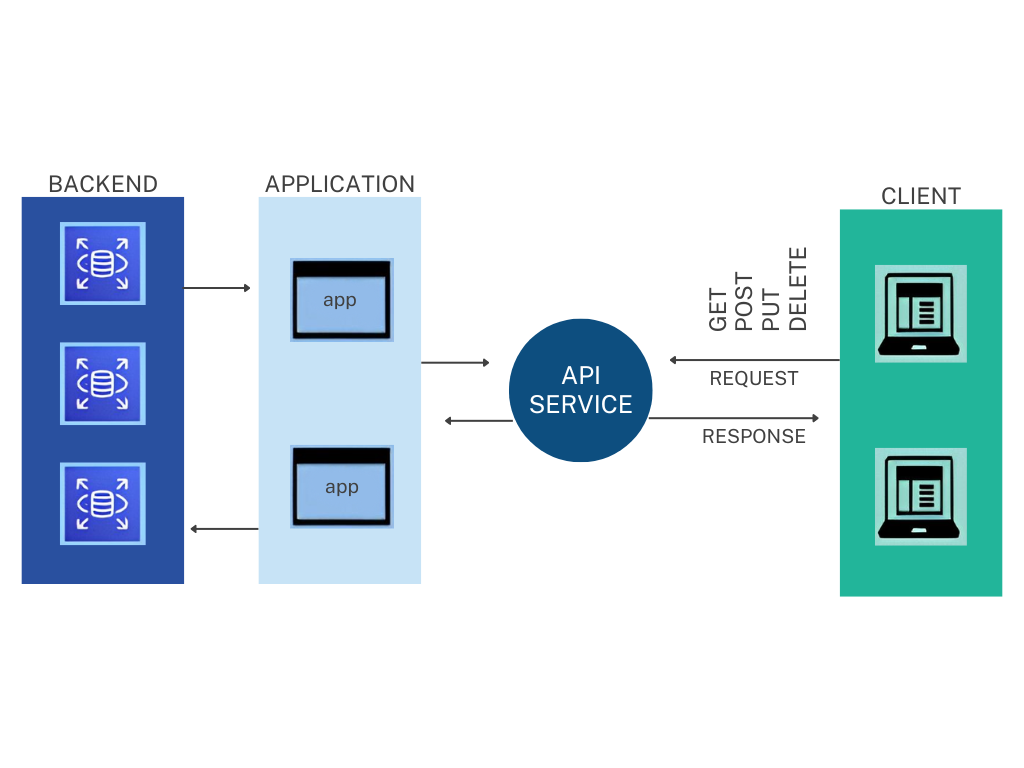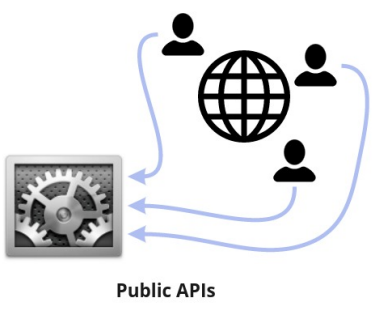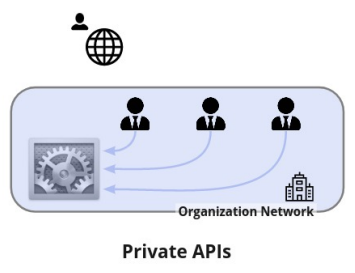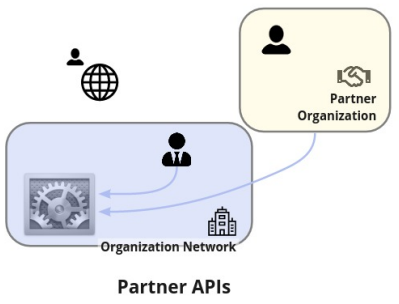You Might Be Doing API-First Wrong, New Analyst Research Suggests

Ever feel like you're fighting an uphill battle with your API strategy? You're building APIs faster than ever, but somehow everything feels harder. Wasn’t API-first supposed to make all this easier? Well, you're not alone. And now industry analys
Ultimate Guide: What are Microservices?

Ever wonder how Netflix streams to millions of users without crashing? Or how Amazon powers billions of transactions daily? The secret sauce behind these scalable, resilient behemoths is microservices architecture. If you're a developer or architect
5 Steps to Immediately Reduce Kafka Cost and Complexity

Kafka delivers massive value for real-time businesses — but that value comes at a cost. As usage grows, so does complexity: more clusters, more topics, more partitions, more ACLs, more custom tooling. But it doesn’t have to be that way. If your tea
7 Signs Your Kafka Environment Needs an API Platform

Managing Kafka as an island on its own got you this far. But scaling it securely and efficiently across your organization? That's another matter entirely. Apache Kafka is the number-one event streaming platform used by developers and data engineers
What is Docs as Code?

If you take a step back and think about today’s software development landscape, you could argue that documentation is just as important as the code itself. That’s because traditional documentation workflows — where documentation is manually updat
RBAC Explained: The Basics of Role-Based Access Control

As cybersecurity takes the main stage, organizations face a significant challenge: how do you strike a balance between maintaining a high level of security and ensuring employees have enough data access to perform their jobs properly? Role-based ac
G2 Ranks Kong #1 for API Management and API Development

Kong Tops G2 Momentum Grids, is the Highest-Rated API Management Tool Kong is ranked number 1 on the G2 Momentum Grids for API Management and API Development for Spring 2025. And users seem to agree with the glowing assessment: Kong is currentl








